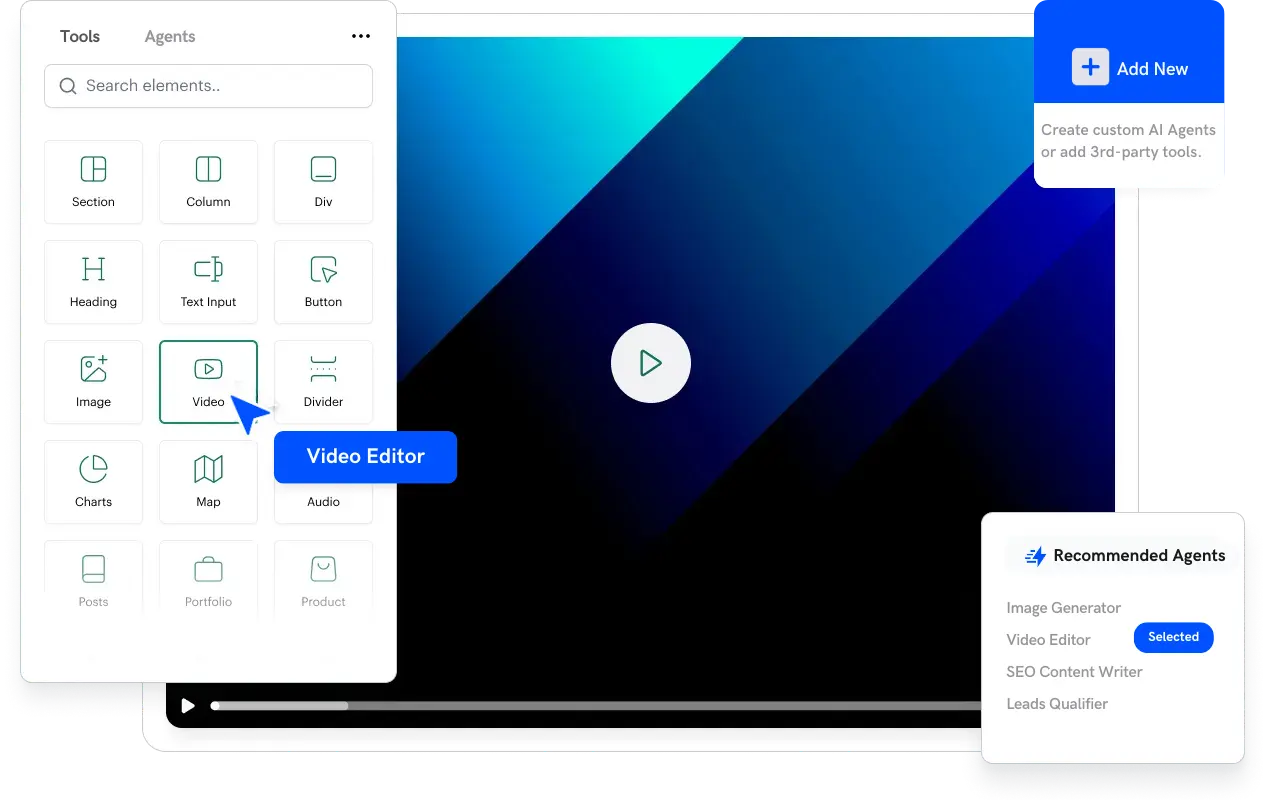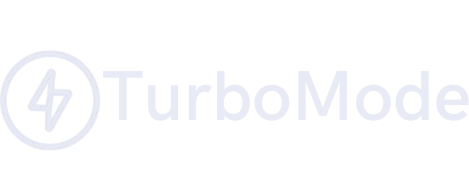As we move into 2025, artificial intelligence (AI) has become an integral part of personal productivity. From automating repetitive tasks to enhancing focus and decision-making, AI-powered tools can dramatically improve efficiency. However, with the overwhelming number of AI-driven productivity apps available, choosing the right one can be challenging. How do you determine which AI tools best fit your workflow? In this guide, we’ll cover five essential tips to help you select the most effective AI tools for your personal productivity needs.
1. Define Your Productivity Goals
Before selecting an AI tool, it’s crucial to define your specific productivity goals. Are you looking to improve time management, automate tasks, enhance focus, or streamline communication? AI tools are designed for various functions, including:
- Task Management: AI-powered apps like Turbomode, Todoist, and ClickUp help in organizing and prioritizing tasks efficiently.
- Time Tracking: Apps like RescueTime and Clockify use AI to analyze time spent on tasks.
- Automation: Zapier and IFTTT enable seamless integration and automation between different apps.
- AI Writing Assistance: Tools like Grammarly and Jasper AI enhance content creation.
Understanding your core productivity needs will help you select the right AI tool rather than adopting technology that doesn’t align with your workflow.
2. Evaluate AI Features and Capabilities
Not all AI productivity tools are created equal. Some offer basic automation, while others provide deep-learning capabilities that adapt to your working style over time. Consider the following features when evaluating AI tools:
- Machine Learning Adaptability: Does the tool learn from your habits and optimize recommendations?
- Natural Language Processing (NLP): Can the AI understand and respond intelligently to voice or text commands?
- Predictive Analytics: Does it provide insights based on past behavior to enhance decision-making?
- Integration with Other Apps: Does the AI tool seamlessly integrate with your existing ecosystem (Google Workspace, Slack, Notion, etc.)?
- Security and Privacy: Given that AI tools handle sensitive data, check for compliance with privacy standards like GDPR.
For example, Turbomode, an AI-powered productivity tool, offers deep-learning insights to help technical leaders optimize their daily workflow, making it a strong candidate for those managing multiple projects.
3. Test and Compare Different AI Tools
With many AI productivity tools available, testing different options before committing is wise. Here’s how to conduct a proper evaluation:
- Use Free Trials: Most AI-powered productivity tools offer free trials or limited-feature free versions.
- Compare Usability: Choose a tool with a user-friendly interface and smooth onboarding process.
- Assess AI Accuracy: If using AI for task suggestions or automation, check how accurately it understands your input and delivers results.
- Monitor Performance Improvements: Track whether the tool positively impacts your workflow efficiency.
- Check Compatibility: Ensure it integrates with your primary productivity apps.
Comparing different tools side by side ensures you pick the one that aligns best with your personal productivity style.
4. Consider AI-Powered Automation and Workflow Integration
A major advantage of AI productivity tools is their ability to automate mundane tasks, freeing up time for high-priority work. When selecting AI tools, consider their automation potential, such as:
- Automating Repetitive Tasks: AI tools like Turbomode and Zapier help eliminate manual data entry, email sorting, and workflow optimization.
- Smart Scheduling: AI assistants like Motion and Reclaim.ai automatically schedule tasks and meetings based on availability.
- Automated Reminders and Follow-Ups: AI can remind you of deadlines and even draft responses to emails.
- AI-Powered Knowledge Management: Tools like Notion AI and Mem use machine learning to help organize and retrieve information efficiently.
Selecting AI tools that integrate well with your existing workflow ensures a seamless experience without disrupting productivity.
5. Prioritize Scalability and Long-Term Usability
The AI tool you choose should not only meet your immediate needs but also scale with your growing demands. Consider:
- Customizability: Can the AI tool be personalized for your specific work style?
- Scalability: Will the tool remain relevant as your productivity needs evolve?
- Cost vs. Value: Is the tool’s pricing justified by the productivity benefits it offers?
- Developer Support & Updates: Check whether the tool is frequently updated with new AI capabilities.
For instance, Turbomode is designed to scale with professionals and technical leaders, adapting to their evolving productivity needs through AI-driven automation and insights.
Conclusion
Selecting the right AI productivity tool in 2025 requires careful consideration of your goals, AI capabilities, automation potential, and scalability. By defining your needs, testing various tools, and prioritizing integration and scalability, you can build an efficient, AI-driven personal productivity system. Turbomode (turbomode.ai) is one such AI-powered productivity solution that helps technical leaders streamline their workflow and optimize time management.
The right AI tools can revolutionize your productivity, allowing you to focus on what truly matters. Choose wisely, and let AI do the heavy lifting!
Photo by Saradasish Pradhan on Unsplash






